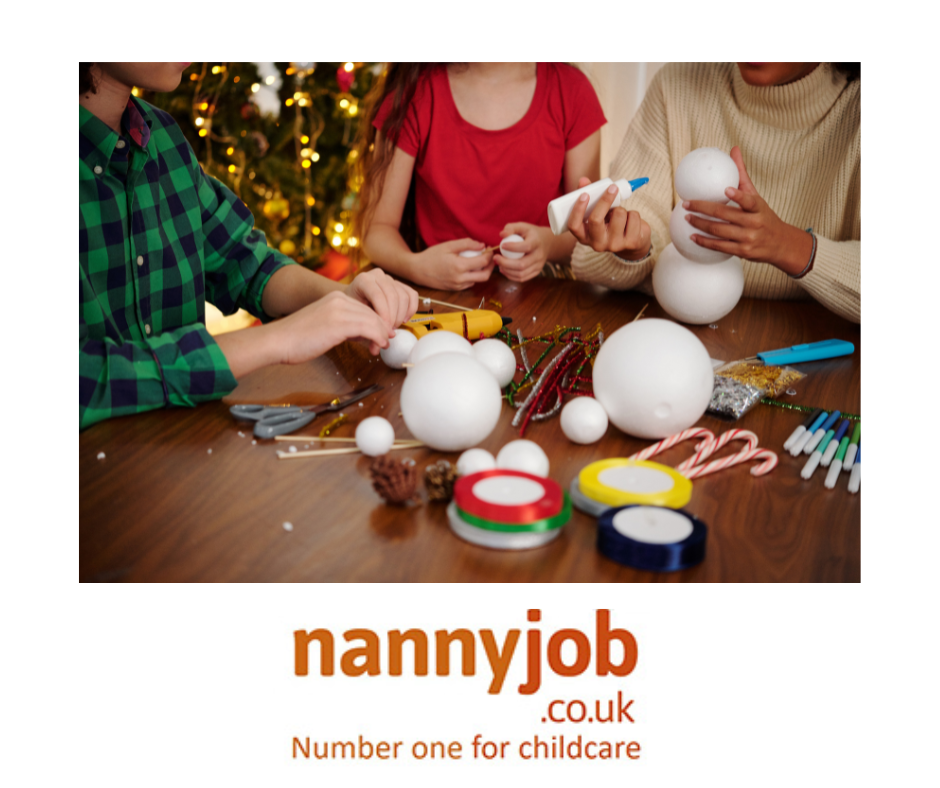When the weather outside is less than inviting, keeping children entertained indoors becomes a priority. As a nanny, it’s essential to have a variety of fun, engaging activities up your sleeve. Here are 10 creative indoor games that are perfect for nannies and kids to enjoy together.
1. DIY Indoor Obstacle Course:
Use pillows, chairs, and blankets to create a fun and safe obstacle course. This activity is great for physical exercise and helps develop motor skills.
2. Indoor Scavenger Hunt:
Create a list of items for kids to find around the house. This game encourages exploration and problem-solving skills.
3. Sock Puppet Show:
Craft sock puppets using old socks, buttons, and fabric markers. Then, put on a puppet show! This activity fosters creativity and storytelling.
4. Build a Fort:
Use sheets, pillows, and furniture to build an epic fort. Fort building is not only fun but also a great exercise in creativity and spatial awareness.
5. Freeze Dance:
Play music and have the kids dance until the music stops, then they must freeze. This game is a hit with kids and perfect for burning off excess energy.
6. Treasure Bottle:
Fill a bottle with rice and small objects (like beads, small toys, etc.). Kids turn the bottle to find the hidden treasures. This is a great sensory game.
7. Homemade Bowling Alley:
Set up a bowling alley using empty bottles as pins and a soft ball. This game helps with coordination and is a lot of fun!
8. Shadow Puppets:
Turn off the lights, grab a flashlight, and make shadow puppets on the wall. This game is perfect for sparking imagination.
9. Balloon Tennis:
Create a ‘tennis court’ in the living room and use balloons as tennis balls. You can use hands or make rackets out of paper plates and sticks.
10. Story Time Dice:
Make dice with pictures or words on each side. Roll the dice and make up a story based on the resulting picture or word. This game is excellent for creative thinking and language development.
These games are not just fun; they’re also great tools for engaging kids in activities that stimulate their minds and bodies. Have fun playing!









